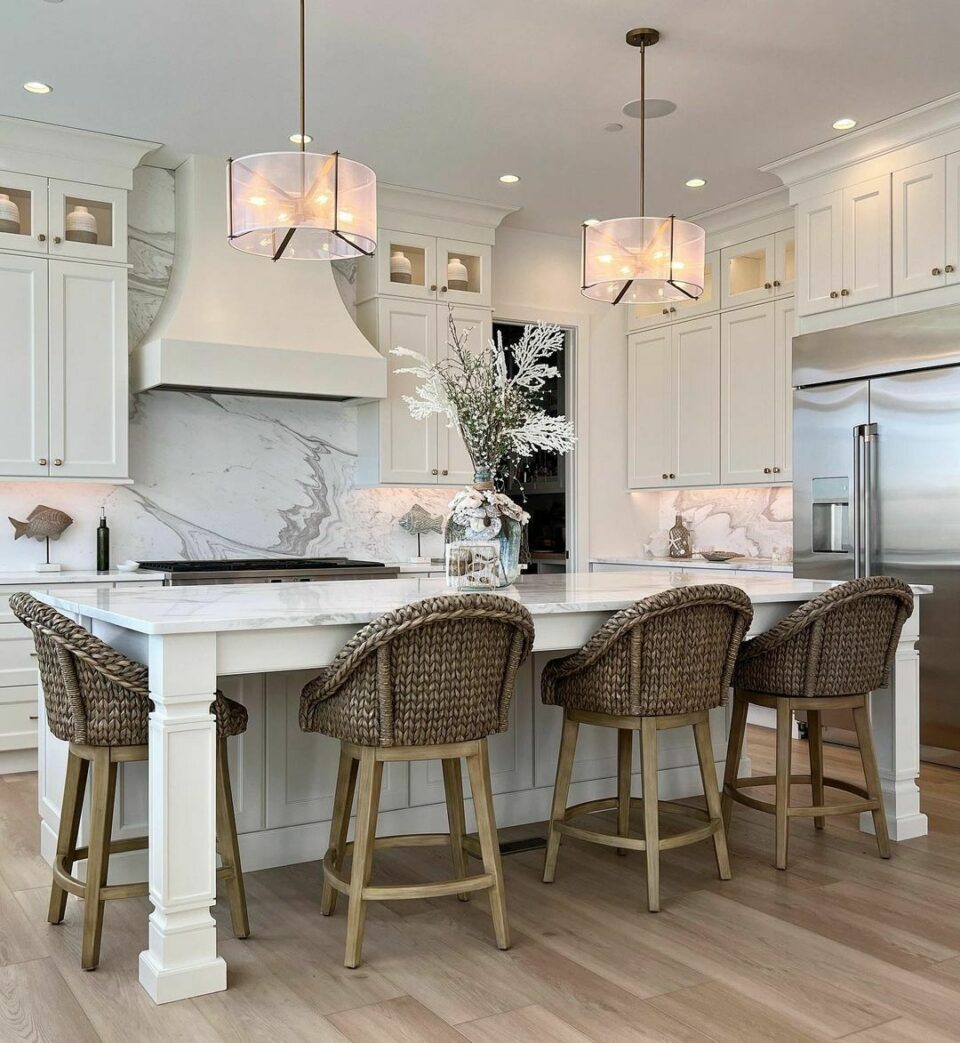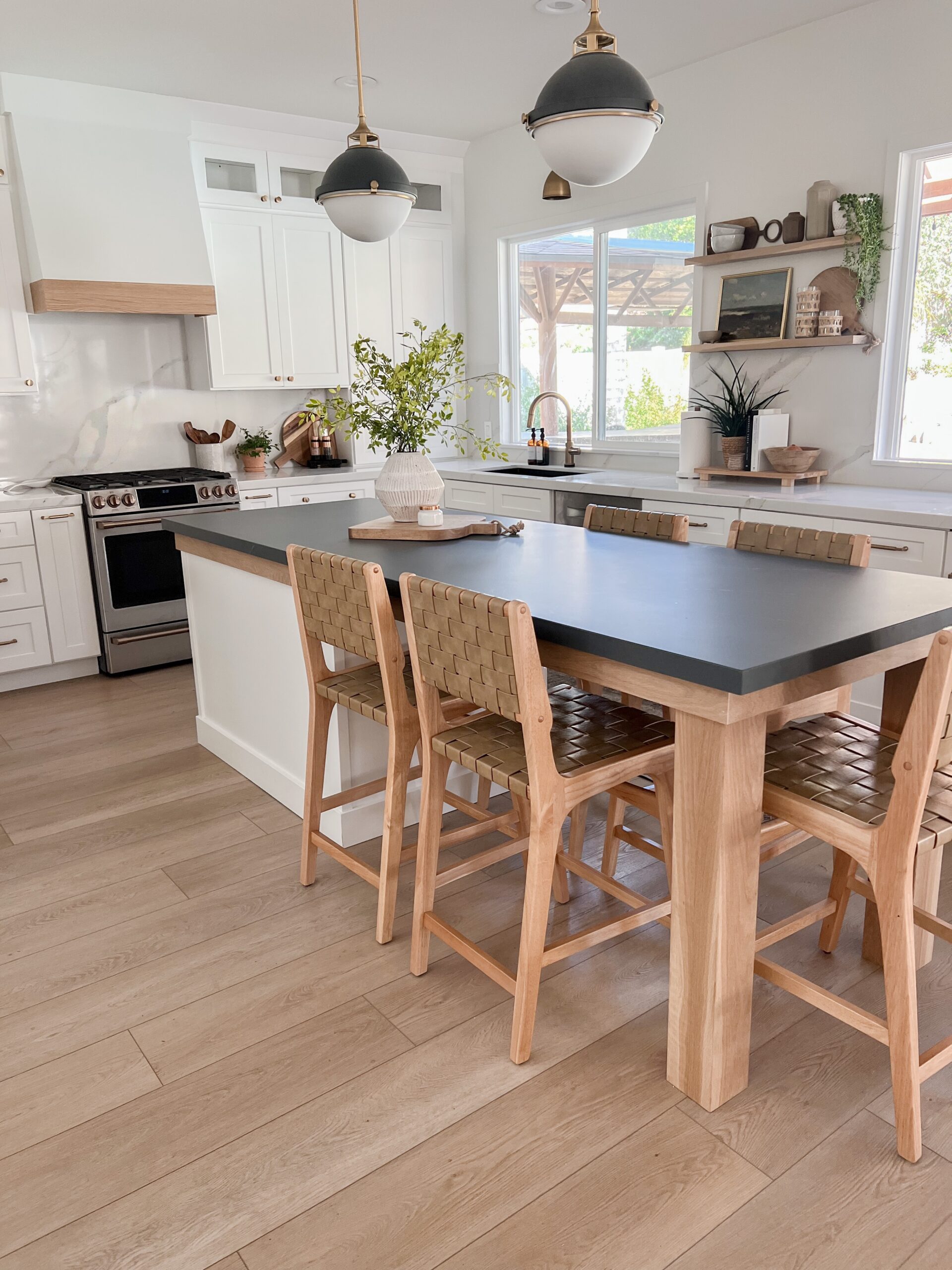Attain an Innovative Look Utilizing Ornate Legs For Kitchen Island Styles
Attain an Innovative Look Utilizing Ornate Legs For Kitchen Island Styles
Blog Article
A Guide to Picking the Perfect Legs For Kitchen Island for Your Home
Picking the perfect legs for your cooking area island is a nuanced choice that impacts both the performance and aesthetic allure of this main room. Factors such as elevation, products, and design play a critical role in harmonizing your island with the general cooking area design. Additionally, recognizing the value of stability and upkeep can substantially affect your option. As you take into consideration these elements, it becomes apparent that the appropriate legs can change not only the look of your kitchen however additionally its functionality for years ahead. What specific attributes should you focus on in this choice process?

Comprehending Kitchen Area Island Legs
When choosing legs for a kitchen island, it's necessary to recognize their visual and useful roles in the general layout. The legs act as an important support group, ensuring security and sturdiness for the island, which frequently operates as an office, eating location, or gathering area. For that reason, the option of material and building technique should be durable enough to hold up against daily usage and prospective wear.
Along with their structural duties, legs add dramatically to the island's aesthetic charm. They can boost the kitchen area's design, whether via conventional, modern, or diverse styles. The height and proportion of the legs are likewise essential considerations; they have to harmonize with the island's countertop elevation while ensuring comfy seating for those making use of the area.
Moreover, the leg layout can influence the overall flow of the kitchen area. Open, airy leg styles can create a sense of agility, while solid, considerable legs may communicate a much more based and steady visual - Legs For Kitchen Island. Comprehending these visual and useful facets will certainly direct property owners in making informed choices that match their kitchen area's design and enhance its usability
Popular Styles and Products
The choice of legs for a cooking area island encompasses a selection of preferred designs and materials, each offering unique characteristics that can boost both functionality and aesthetic appeals. Among one of the most in-demand designs are contemporary, rustic, and conventional. Contemporary legs often feature sleek, minimalist designs that highlight simpleness and tidy lines, making them optimal for contemporary cooking areas. Rustic styles, on the various other hand, embrace all-natural elements and often showcase reclaimed timber or distressed finishes, including heat and appeal to the room. Traditional legs commonly show ornate information and craftsmanship, improving timeless kitchen area layouts.

Elevation and Security Factors To Consider

Security is one more important factor to consider. The legs of the kitchen area browse around this site island need to supply ample assistance, guaranteeing that the framework can endure daily use without wobbling or changing. Material option plays a substantial function in stability; metal legs, for instance, often tend to provide higher strength contrasted to timber. Additionally, ensuring that the island is securely anchored to the flooring or wall can enhance stability, especially for bigger islands that might birth significant weight.
Matching Your Kitchen Area Visual
Selecting the appropriate legs for your kitchen area island goes past capability; it also plays a considerable function in the total visual of the area. When choosing legs, take into consideration the design style of your kitchen area. For a contemporary look, streamlined metal or minimal styles can develop a tidy, modern vibe. On the various other hand, rustic or conventional cooking areas usually take advantage of wooden legs with complex describing or a troubled coating, improving warmth and personality.
Color is one more critical element. Legs that match or contrast with your island's surface area and surrounding cabinets can develop aesthetic consistency or striking prime focus. For instance, coupling dark timber legs with a light marble counter top can include depth and rate of interest. Furthermore, think about the finish of the legs; matte, glossy, or textured finishes can significantly affect the general feeling of the kitchen area.
Installation and Upkeep Tips
Installing kitchen island legs requires careful focus to detail to ensure both stability and visual allure. Begin by picking an appropriate find out this here location for your island, ensuring it is level and has enough space for movement. If you are connecting the legs to a wall surface or using brackets for included support, utilize a stud finder to situate wall surface studs. Mark the positioning of the legs properly prior to exploration.
When protecting the legs, make use of high-grade screws and, if essential, wood glue for added toughness. For metal legs, make sure that you are utilizing proper supports and tools to protect against damages to your floor covering. It is a good idea to check for levelness after installment, making adjustments as required to avoid wobbling.
Tidy the legs with an appropriate cleaner, preventing abrasive products that might damage the surface area. By following these setup and upkeep pointers, you can ensure that your cooking area island legs remain both useful and visually appealing.
Verdict
In final thought, selecting the ideal legs for a cooking area island necessitates mindful factor to consider of height, stability, and aesthetic compatibility. Ultimately, thoughtful leg selection plays a critical duty in raising both the practicality and design of the helpful site kitchen area.
When choosing legs for a kitchen island, it's vital to recognize their useful and visual functions in the general layout. Open, airy leg designs can create a sense of agility, while solid, significant legs may convey a much more based and stable aesthetic. The legs of the kitchen island must offer ample assistance, making sure that the framework can hold up against everyday use without moving or tottering.Mounting kitchen island legs requires mindful focus to information to make certain both security and visual allure.In conclusion, selecting the appropriate legs for a cooking area island necessitates cautious consideration of elevation, stability, and aesthetic compatibility.
Report this page